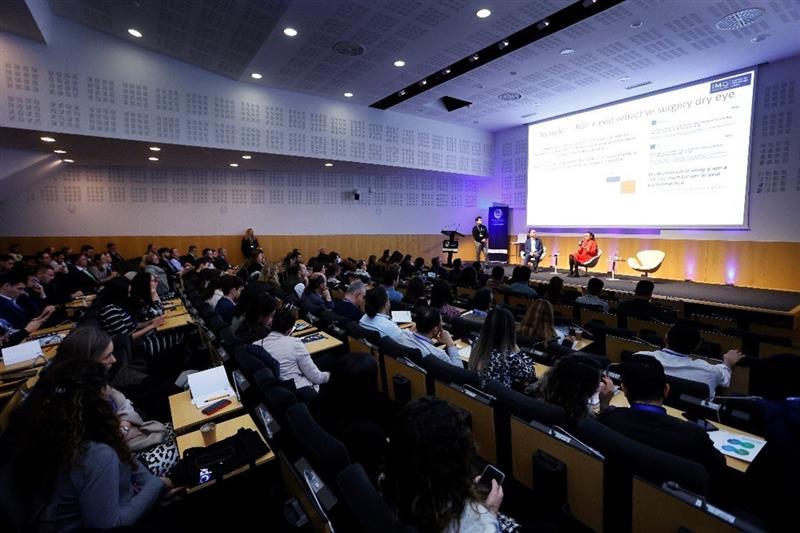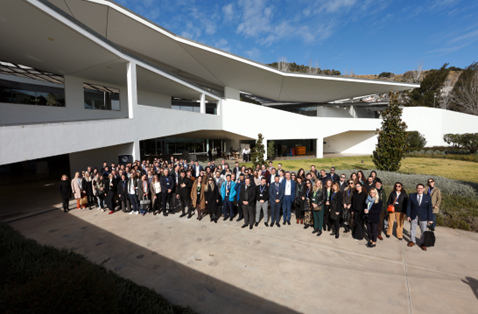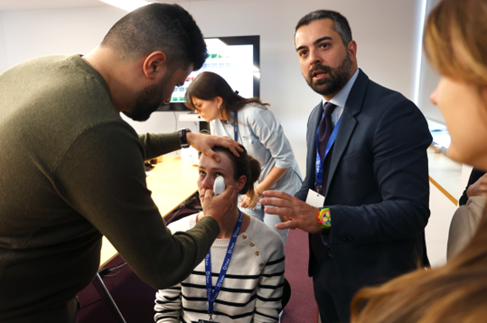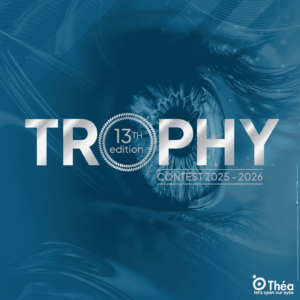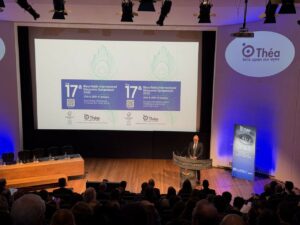Ocular Surface Masterclass (OSMC) 2025 in Barcelona
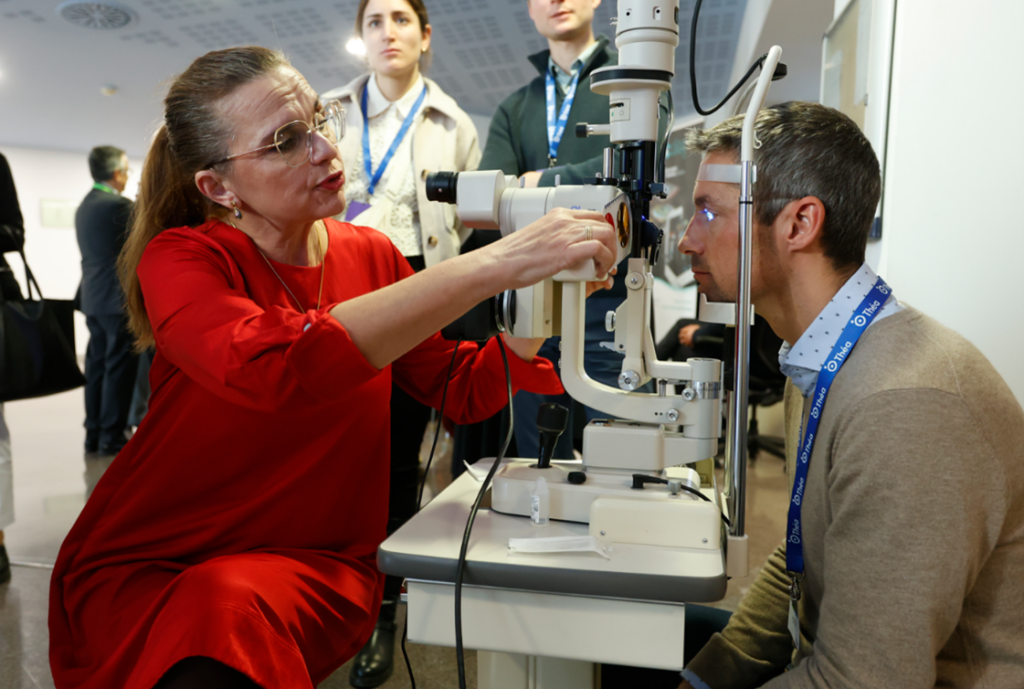
On January 31st, 2025, the 6th edition of the Ocular Surface MasterClass event, organized by Théa, was launched at the Institute of Ocular Microsurgery (IMO) in Barcelona. 105 European ophthalmologists from 20 countries took part in this educational meeting around ocular surface diseases.
Since the first edition, the meeting provided advances and new perspectives to address this pathology, through clinical cases, including patient testimonials with different types of dry eye. Likewise, the experts advise on how to treat and diagnose with clinical tips, and the audience could put into practice in four dedicated workshops with equipment and diagnostic techniques, as well as for the treatment of dry eye.
Relive the highlights of the Ocular Surface MasterClass 2025 by clicking on the link below to watch the post-event video:
Dry eye is a chronic, multifactorial condition that is becoming increasingly common. It is estimated to affect between 350 and 700 million people worldwide (1).
According to Dr. Anniken Burés, a specialist at IMO Miranza Group and coordinator of the event, the prevalence of dry eye is increasing in society. “It is one of the most common problems we find in ophthalmology consultations today. It is a disease that involves an alteration of the tear layer of the eye, either due to a lack of tears or poor tear quality and can be due to multiple causes.” One of the most common causes is dysfunction of the meibomian glands, which are responsible for providing lipids to the natural tear, increasing its stability and thus improving the lubrication of the ocular surface. Meibomian gland malfunction is present in up to 85% of dry eye patients and failure to address this problem can cause dry eye treatment to fail. In addition, skin diseases such as rosacea, atopic dermatitis, psoriasis and blepharitis, as well as age-related hormonal changes, can also alter the function of these glands and are closely linked to dry eye.
Other causes to be discussed by European experts include the use of certain medications (antidepressants or antipsychotics), the use of contact lenses or certain environmental conditions (excessive air conditioning or heating, screen abuse, etc.), not to mention age. In fact, dry eye is particularly common after the age of 50, especially in women, and it is estimated that by the age of 70 almost the entire population suffers from dry eyes. “Since dry eye is a multifactorial pathology, it requires a very thorough study to determine its cause and severity and to personalize the most appropriate treatment to alleviate the associated symptoms and discomfort, such as itching, stinging and even loss of visual acuity, which can affect quality of life and interfere with daily tasks” adds the expert.
Likewise, on occasions, due to its complexity, this disease can involve different specialists. In this regard, the ophthalmologist at IMO Miranza Group highlights that surgeons should take it into account before performing some of the most common ocular interventions, such as cataract surgery or refractive surgery: “Not treating dry eye beforehand can negatively affect the outcome of these interventions and worsen the symptoms of dry eye” she explains (2).
1.Papas EB. The global prevalence of dry eye disease: A Bayesian view. Ophthalmic Physiol Opt. 2021 Nov;41(6):1254-1266.
2.Press Release IMO, January 2025

